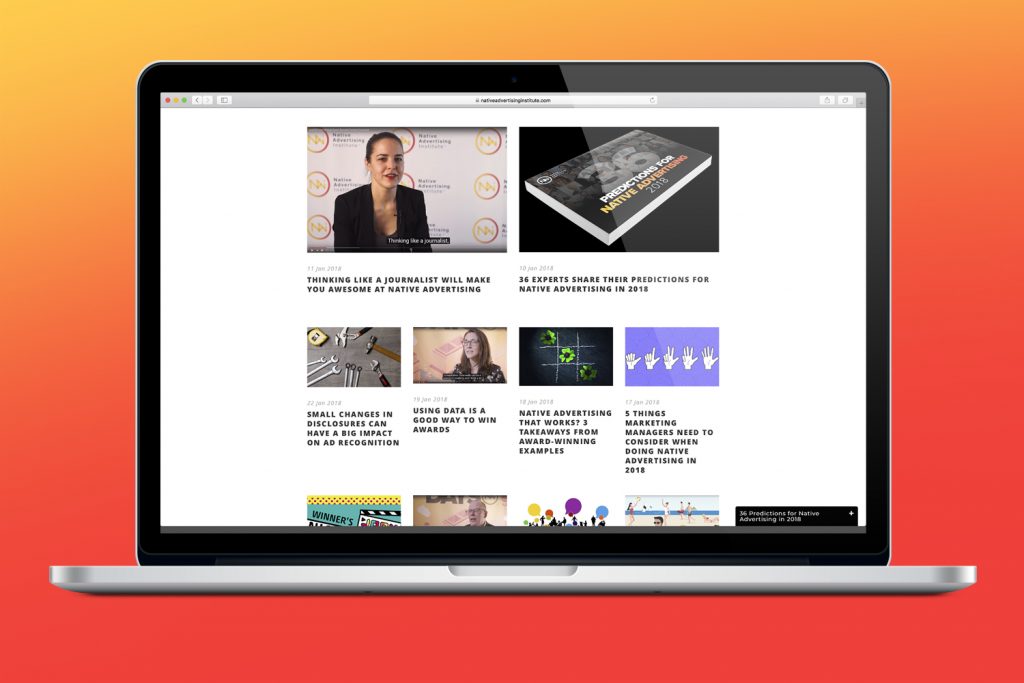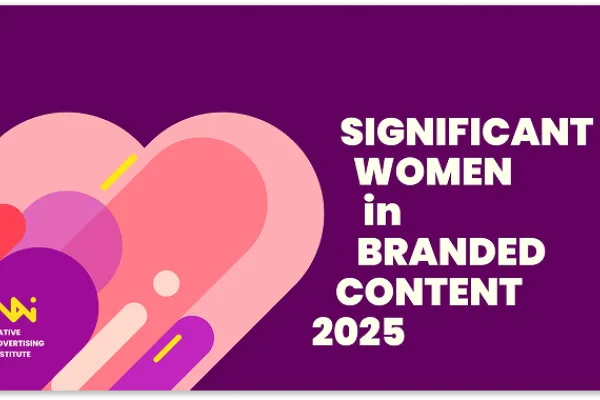
 Details
Details
It is pretty much a given that at some point during your internet existence you have been confronted with content recommendation platforms, one of the most widespread forms of native advertising on the internet. Heck, it probably happens on a daily basis. Several times actually. Content recommendation platforms, the umbrella term that most accurately encompasses the different types we are about to describe, are those links you find at the bottom of an article or a blog post.
Such as this one:
Or this one:
 Notice the top and bottom right corner of each screenshot. Taboola and Outbrain. These are the two biggest content recommendation companies in the world, and they make up two of the most visible native advertising players on the web.
Notice the top and bottom right corner of each screenshot. Taboola and Outbrain. These are the two biggest content recommendation companies in the world, and they make up two of the most visible native advertising players on the web.
As content recommendation platforms, or content discovery companies, Outbrain and Taboola place links beneath or next to articles or blog posts on a given website. Media companies and marketers pay Outbrain and Taboola to get their links posted on the publishers' site in an effort to drive traffic to their content. The content discovery company shares revenue with the publishers where the links appear.
Content discovery or content recommendation is big business in native advertising. In November 2014, Time Inc. struck a deal with Outbrain worth more than 100 million dollars to the magazine publisher. The partnership establishes Outbrain as the exclusive external provider for recommended links for Time Inc. websites such as Time.com and People.com.
The deal struck between Time Inc. and Outbrain works as a pretty illustrative example of a content discovery partnership. Outside of driving readers to sites elsewhere on the web, media companies can rely on content discovery companies to drive traffic to their own site or sites within their own network. Time Inc., for example, might use Outbrain's discovery platform to recommend stories from time.com
 Screenshot from time.com, with four stories "recommended for you" to the right. The three top stories originate from time.com.
Screenshot from time.com, with four stories "recommended for you" to the right. The three top stories originate from time.com.
An important and very obvious question, as it relates to recommendation content, is how exactly do companies such as Outbrain and Taboola identify relevant content for each specific reader? The answer is algorithms. Highly sophisticated algorithms that none the less fail to hit the mark on every occasion and according to some criticism at an alarming rate. It has been labeled "The hot hockey wives-problem" as you may be reading an article on the Ebola outbreak in Western Africa only to find a recommendation for an article listing the most attractive wives of professional hockey players. The reason for this, apparently, is that companies such as Outbrain have their very own understanding of relevance and it doesn't necessarily correspond with the common perception. Outbrain, for instance, attempts to recommend the most interesting stories in general instead of stories that in subject relate to the one you just read.
Anyway. This is just a short introduction to the overall concept of content recommendation platforms. In future posts we'll try to examine the differences between some of the most significant content recommendation companies. And we'll look into the upside and downside for media companies and brands involved.
Sign up for the Native Advertising Institute Newsletter and get weekly insights and news from people who live and breathe native advertising.







